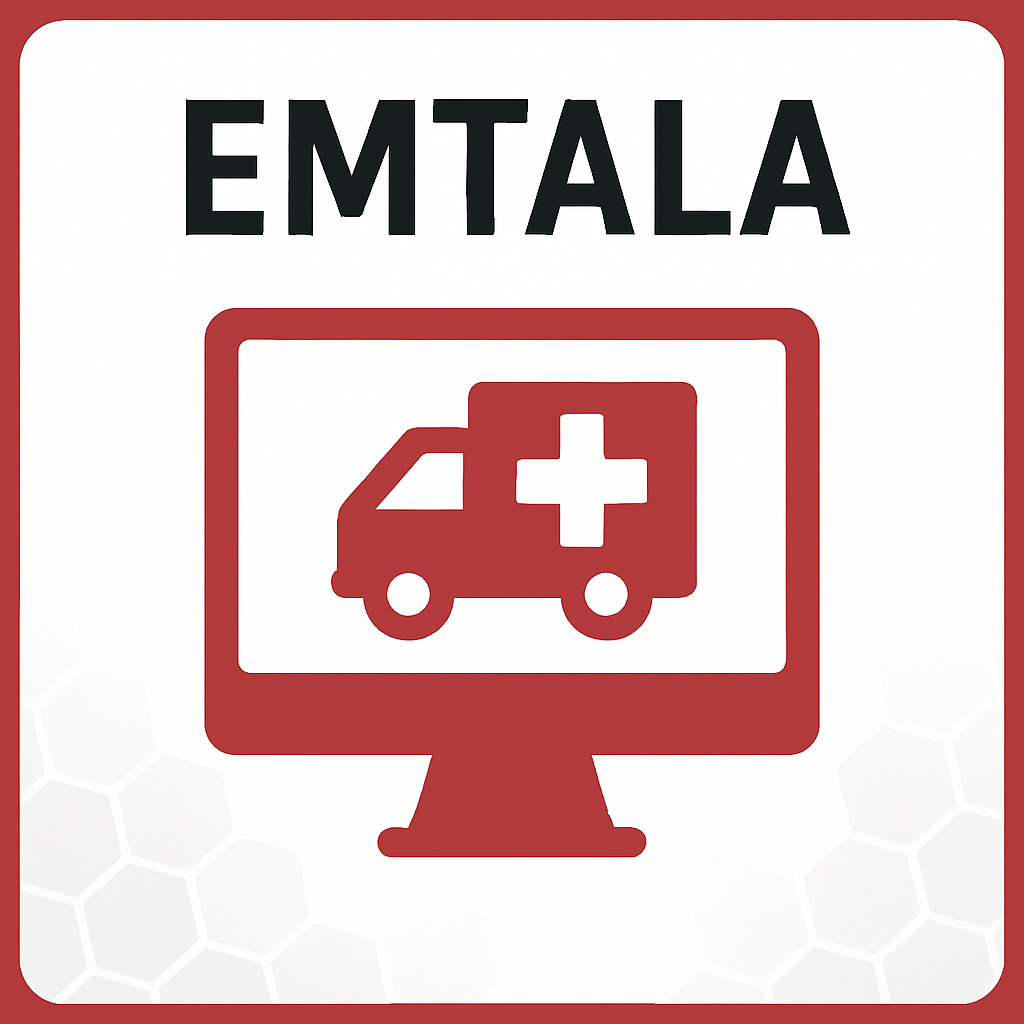A 6 week old infant is brought to the ED by ambulance for lethargy
A 6 week old infant is brought to the ED by ambulance for lethargy. She is pale appearing and minimally responsive. VS: T 37°C HR 270 RR 70 BP 58/32 and SpO2 94% on RA.
The following rhythm strip is obtained:
.png?width=800&height=291&name=image%20(82).png) ECG courtesy of Dr. Rebekah Burns
ECG courtesy of Dr. Rebekah Burns
She already received 2 doses of IV adenosine en route to the ED. Which of the following is the next best step?
- Obtain a fingerstick glucose level
- Administer an isotonic fluid bolus
- Immediately start cardiopulmonary resuscitation
- Perform synchronized cardioversion
The correct answer is:
Perform synchronized cardioversion
Perform synchronized cardioversion. The infant in the vignette has unstable supraventricular tachycardia and has already received two doses of IV adenosine without improvement. In this scenario, rapid synchronized cardioversion is the most appropriate immediate next step. This patient is experiencing unstable SVT because she is minimally responsive and hypotensive, in addition to the ECG tracing of a narrow complex tachycardia without p-waves. This patient needs assessment for hypoglycemia and other electrolyte abnormalities, but this would not be the next immediate step. Similarly, the infant may deteriorate to pulseless arrest and require cardiopulmonary resuscitation, but in this scenario, synchronized cardioversion would be the next best step. [Topjian 2020; F&L pp 601-606]
This question appears in Med-Challenger Pediatric Emergency Medicine 3rd Edition Exam Review with CME
Try for free and save. Ace your exams and meet your CME/MOC requirements.




.png)
.png)
